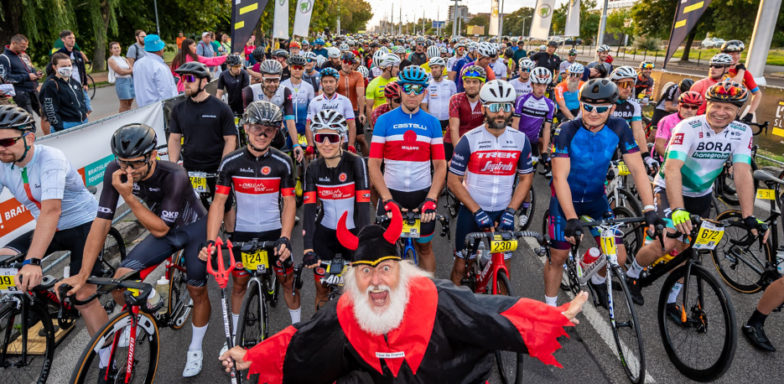
A sporting challenge and a touristic adventure back in Bratislava
We will be happy to answer your telephone inquiries from 9:00 to 16:00 on weekdays.
You can also contact us by email at touristinfo@visitbratislava.com.

A sporting challenge and a touristic adventure back in Bratislava
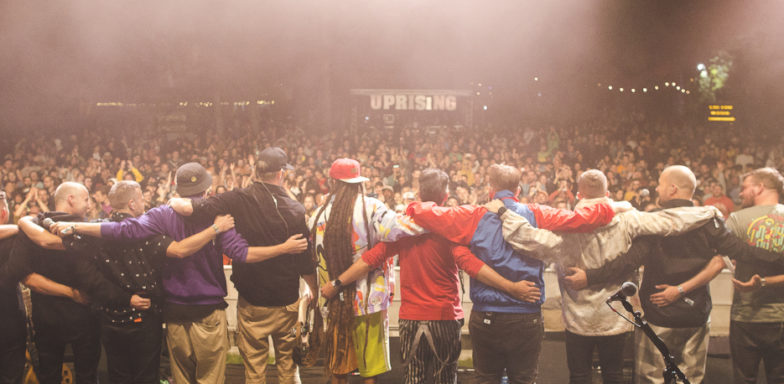
Uprising is Central Europe’s biggest reggae festival – but it is far from being monothematic. Over the course of two days, the festival will feature many genres: reggae, dancehall, ska, latino, hip-hop, dub, dubstep, ragga-jungle, and drum’n’bass. Love, peace, unity.
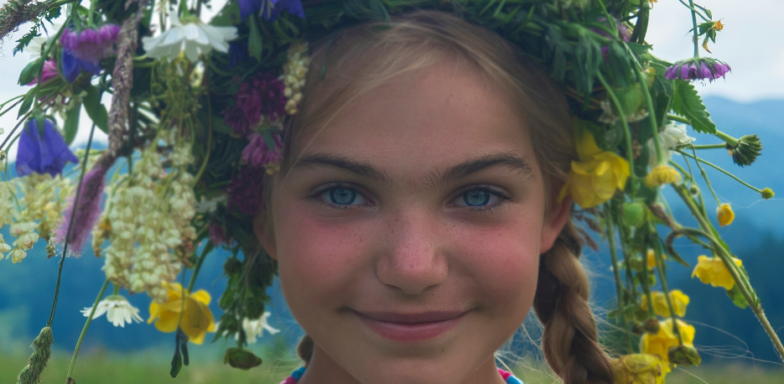
The Centre for Folk Art Production (ÚĽUV) brings traditions closer to people. Even to the centre of the Slovak capital, save the date!

Join more than a thousand swimmers and cross the beautiful Danube from one bank to another!
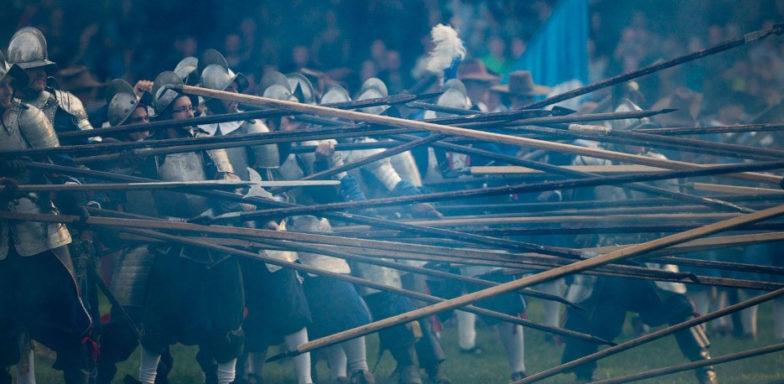
September 27 will be the day when annual re-enactement of Battle for Bratislava will take place in famous Sad Janka Kráľa – the oldest park in Central Europe.

The longest night of the year is White Night. It lasts from Friday to Sunday. The streets of Bratislava will once again be filled with art, visitors and a unique atmosphere. The largest and most visited contemporary art festival in Slovakia, White Night brings contemporary art forms closer to the general public and at the same time reveals unconventional, unknown and significant places in the city.

Bratislava Jazz Days will once again bring the world’s top musicians to Bratislava.
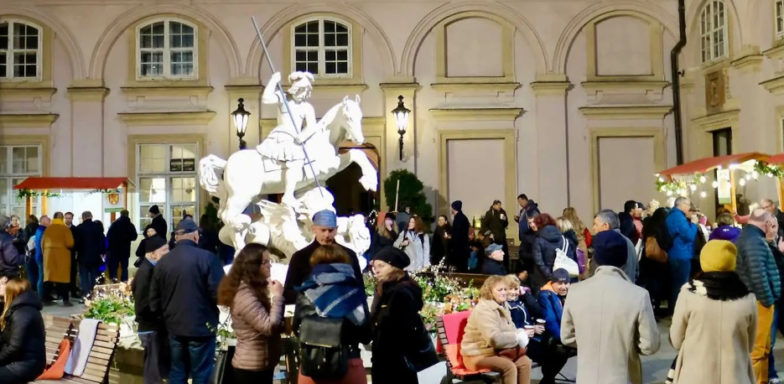
Enjoy local Bratislava wines at the city festival and come to celebrate St. Martin’s Day with us in the historic centre. In addition to good wine, you can look forward to a rich music programme, competitions, guided tours for the disadvantaged and a quiz on winemaking and good food.
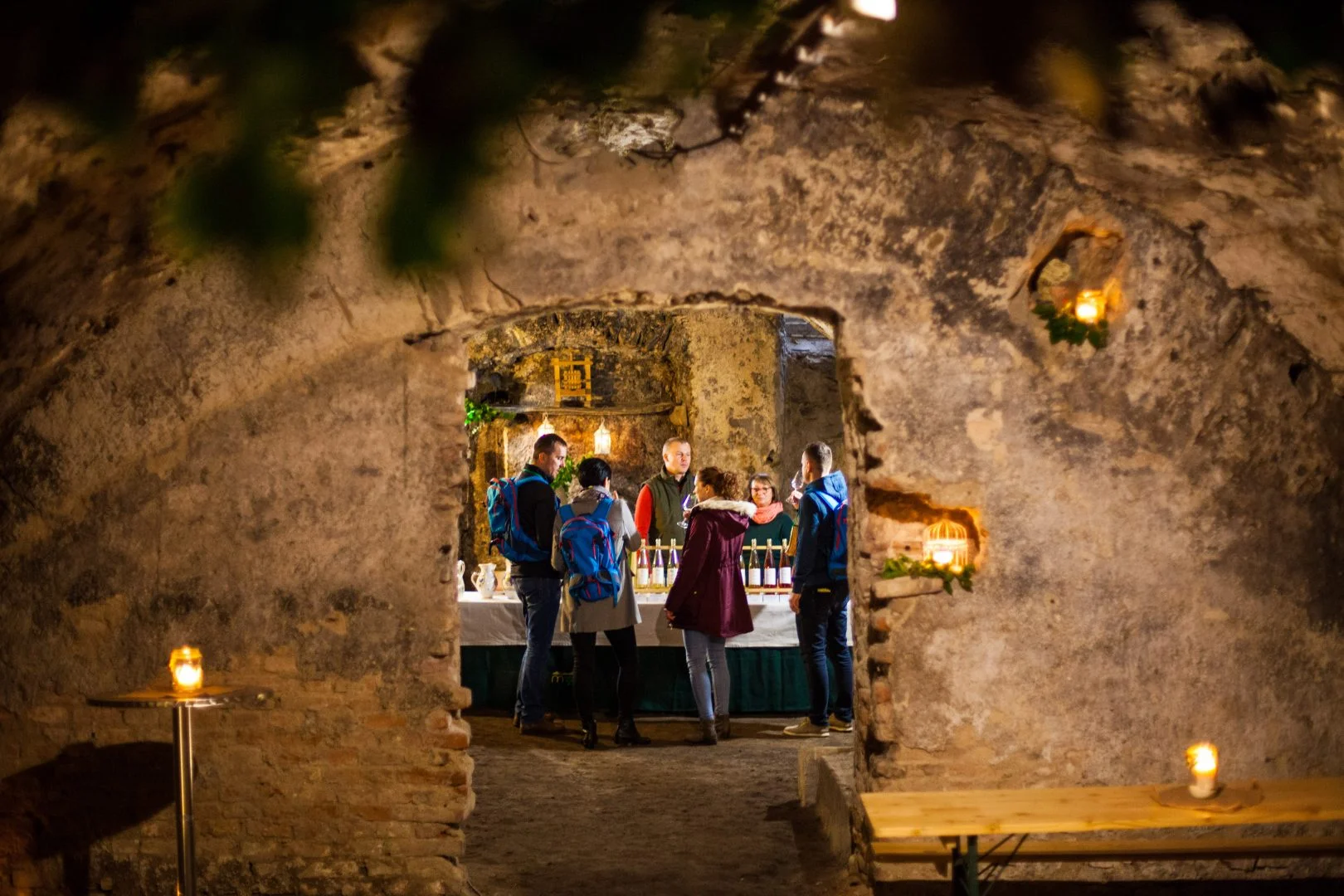
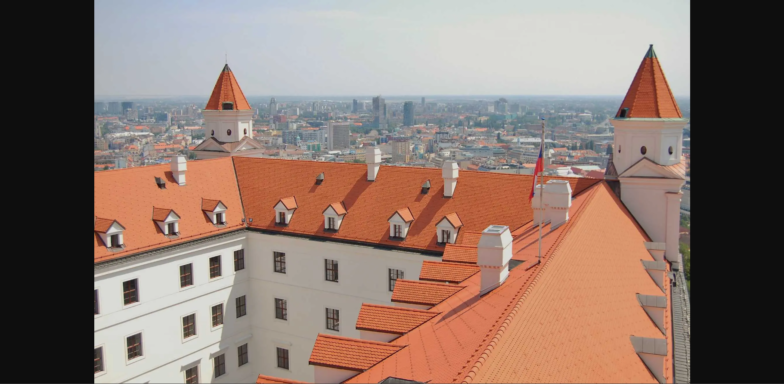
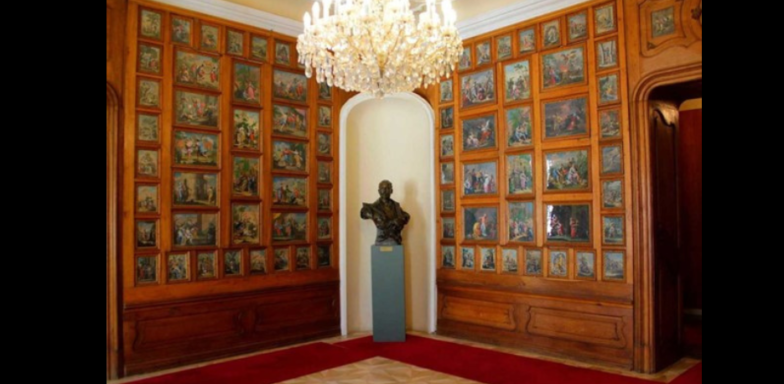
In the 18th century, it was very fashionable to furnish rooms in castles, the walls of which were covered with regularly arranged pictures. These rooms were called graphic cabinets. Check out our Bratislava one!
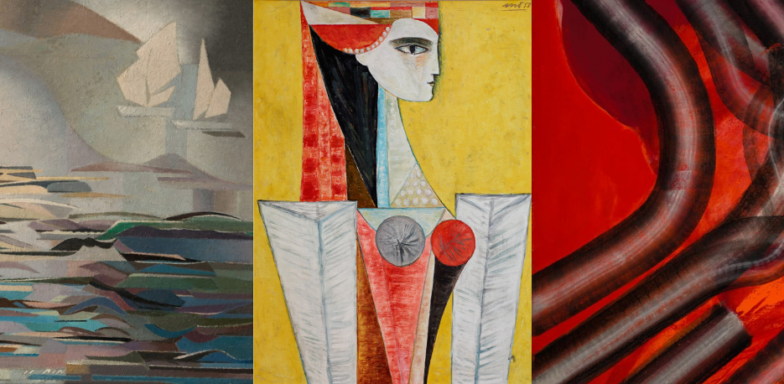
The collection of contemporary art since the second half of the 20th century presents works of prominent artists who were crucial in determining the nature of artistic development in Slovakia.
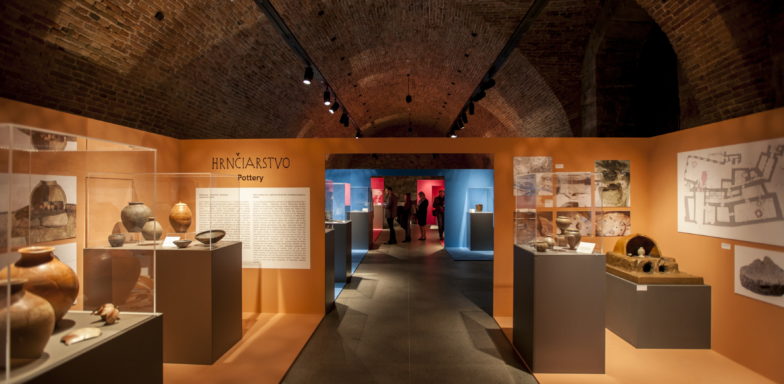
More than 2000 years ago there was a Celtic city, so-called oppidum, on the place of present day Bratislava. It used to be three times bigger than later medieval town
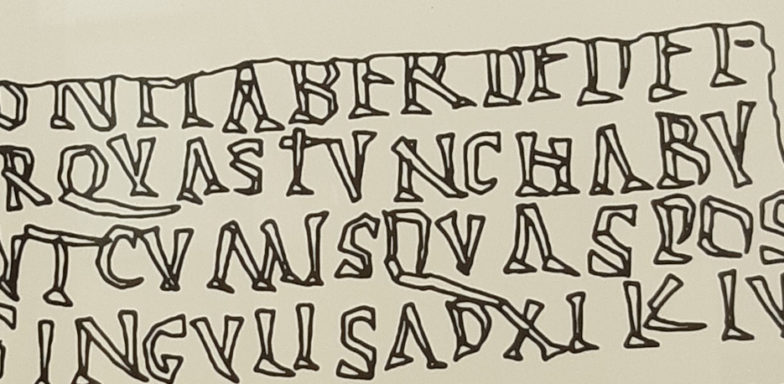
In the past, the Danubeland was inhabited by many peoples and ethnicities, which over the past 1500 years have left their mark on the land
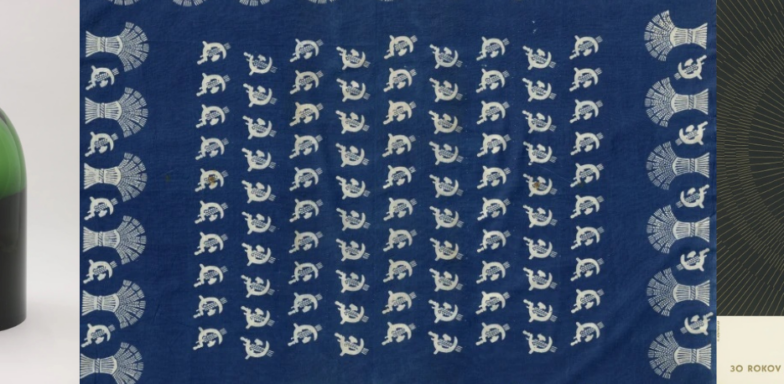
Slovak design and applied art of the 20th century have a key place in the SNG collections, primarily in an author’s and solitary position. Pairs or trios of artifacts are allowed by the curators to converse in harmony and tension, peace and ambivalence